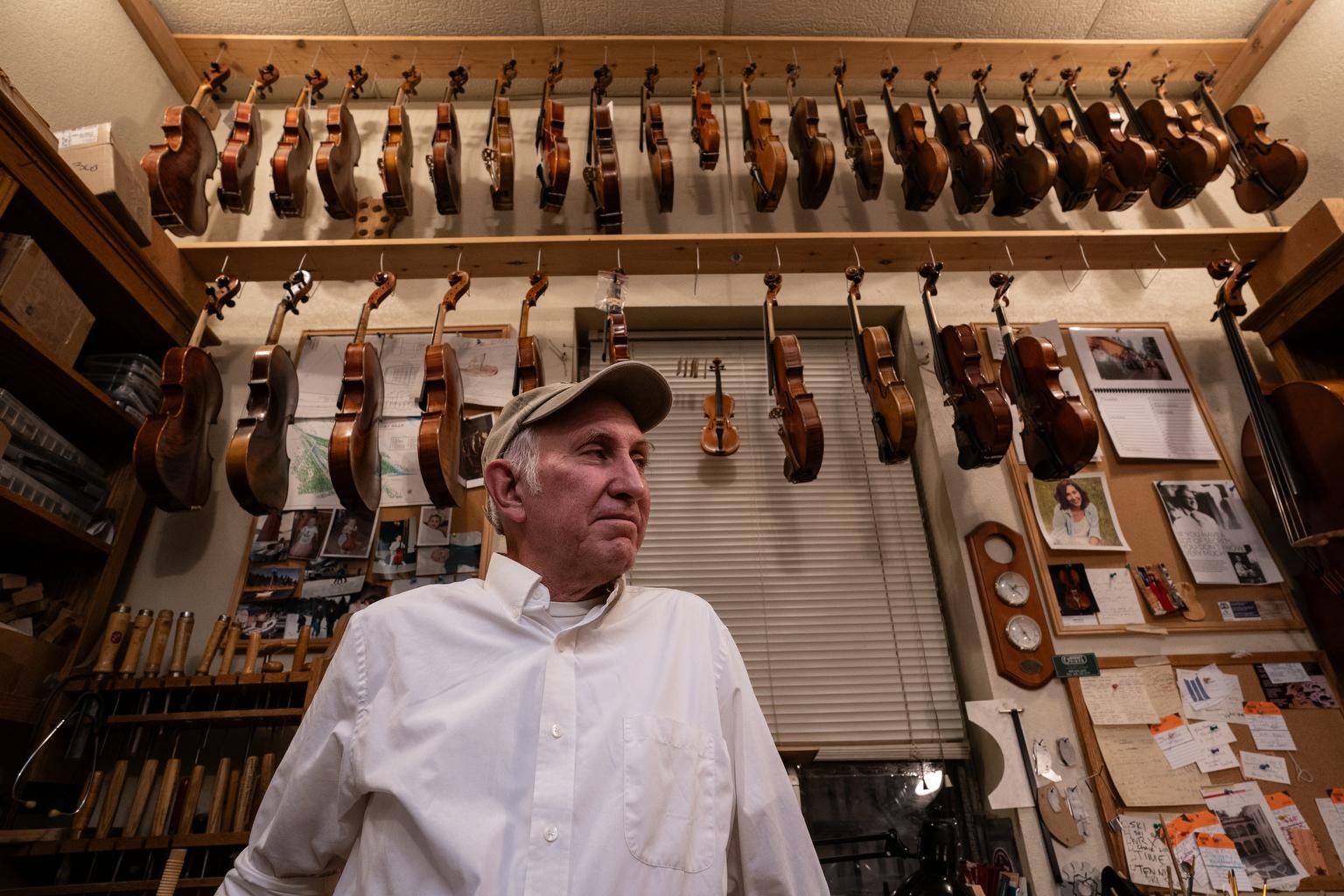
In a storybook workshop tucked away in downtown Colorado Springs, Juan Mijares transforms aged wood into instruments that will resonate through centuries.
For nearly 40 years, this master luthier, as such craftsmen are known, has been hand-making violins, violas and cellos that musicians describe as "magical."
Mijares' professional journey began in high school with a simple desire.
"I wanted a nice guitar and no one was going to buy me a nice guitar," he recalled. "So I decided, well, I'll just figure out how to make one."
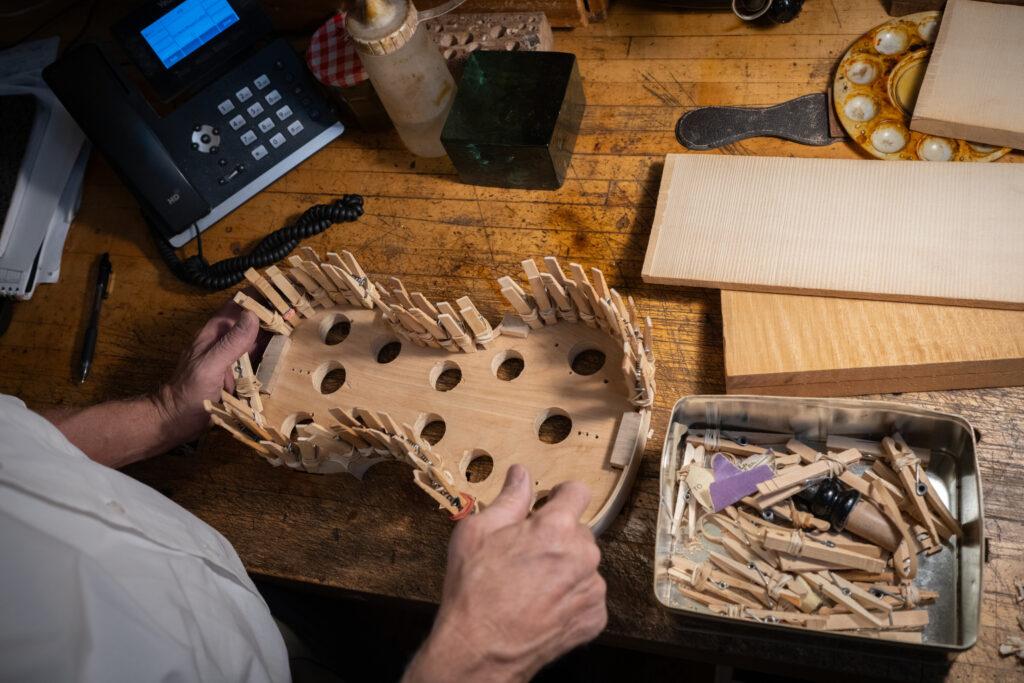
That curiosity eventually led him to the Violin Making School of America in Salt Lake City, where he studied under German master Peter Prier and had a lifelong vocation.
"When I come to work every day, I don't feel like I'm going to work,” Mijares said. “I am anxious to come in and work on my projects or on repairs or on meeting people, on selling instruments. I enjoy all of it."
The instruments he learned to make there each require extraordinary patience. A single violin takes about 300 hours to complete, while a cello demands up to 600 hours of meticulous craftsmanship. The maple and spruce wood he uses must be aged for a decade or more, getting lighter and stronger as it loses its sap and volatile oils.
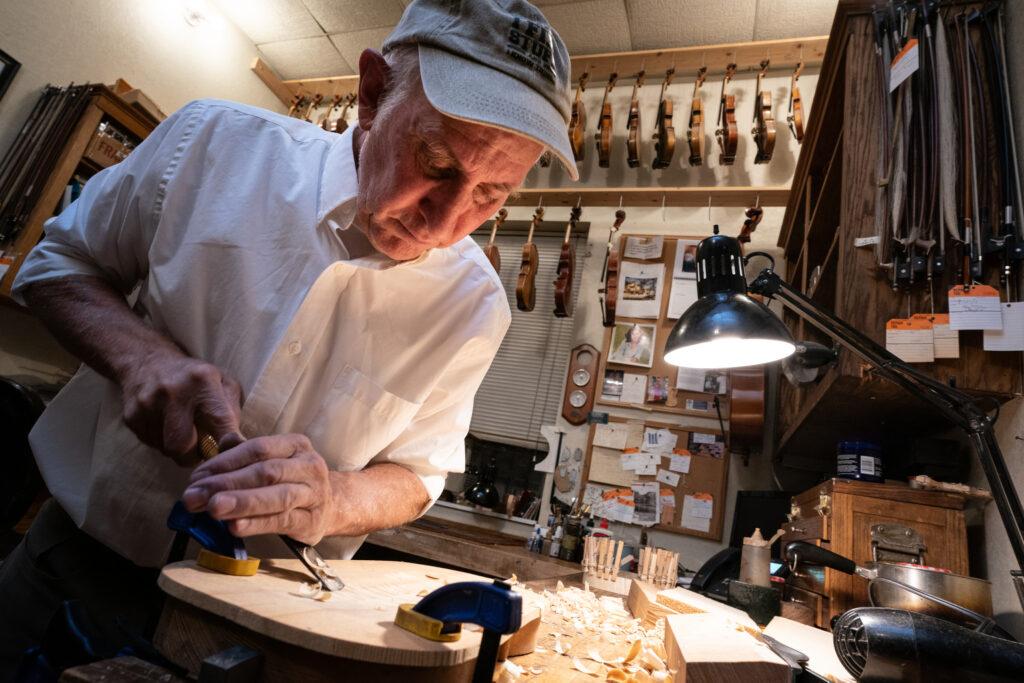
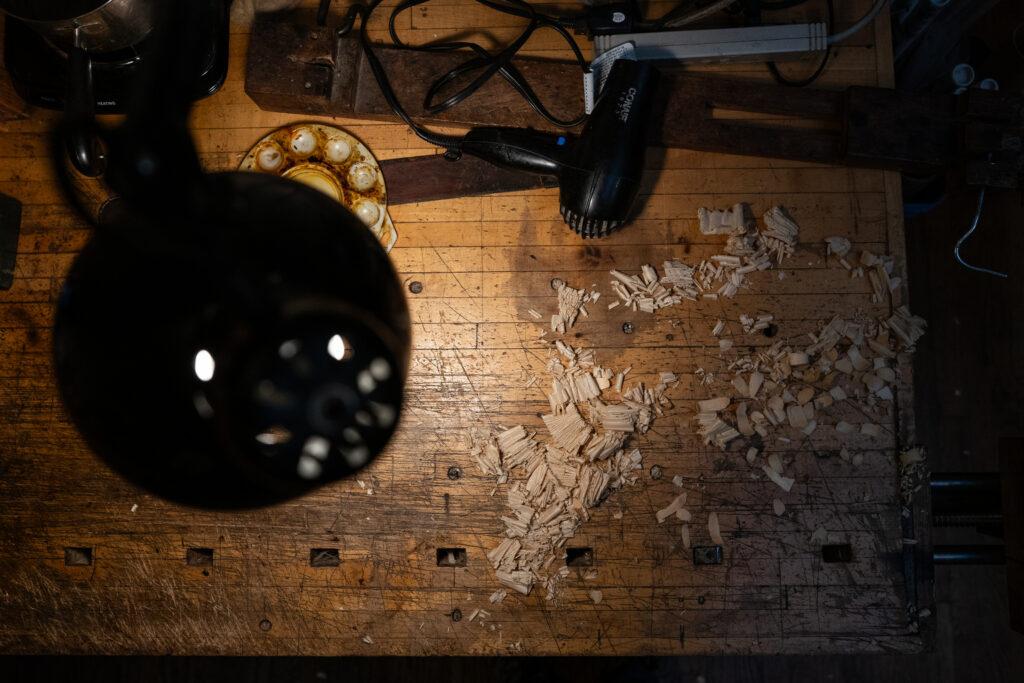
"The sides are bent using heat and a little bit of water,” he explained. “The top and the back are carved out of solid pieces of wood. So that arched shape is all carved out and then they're hollowed out kind of like you would do a pumpkin.”
Something like a hundred separate pieces go into each violin, held together with old-fashioned hide glue. The thickness and shape of those many components can change the instrument’s final sound.
"You measure in tenths of a millimeter usually," Mijares explained.
For local musicians, having a master craftsman nearby is invaluable.
"When we moved here, I was concerned about finding somebody because I knew it would be difficult to get back and forth to Denver," Martha Muehleisen, a lecturer at the University of Colorado Colorado Springs and professional violinist, explained. "So it was nice to have somebody 15 minutes from my house."
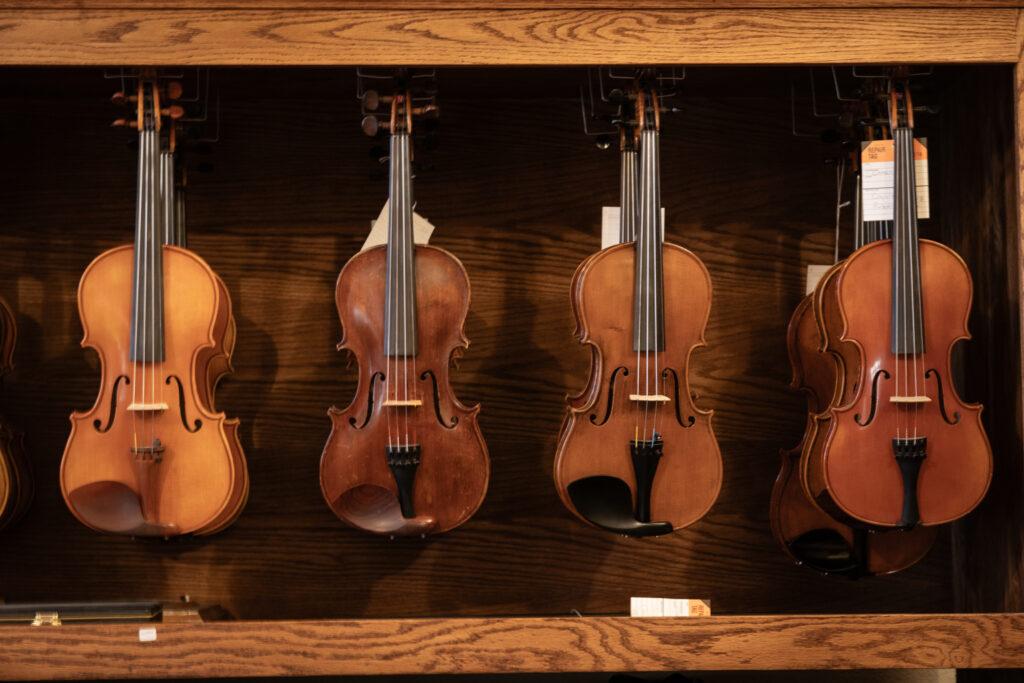
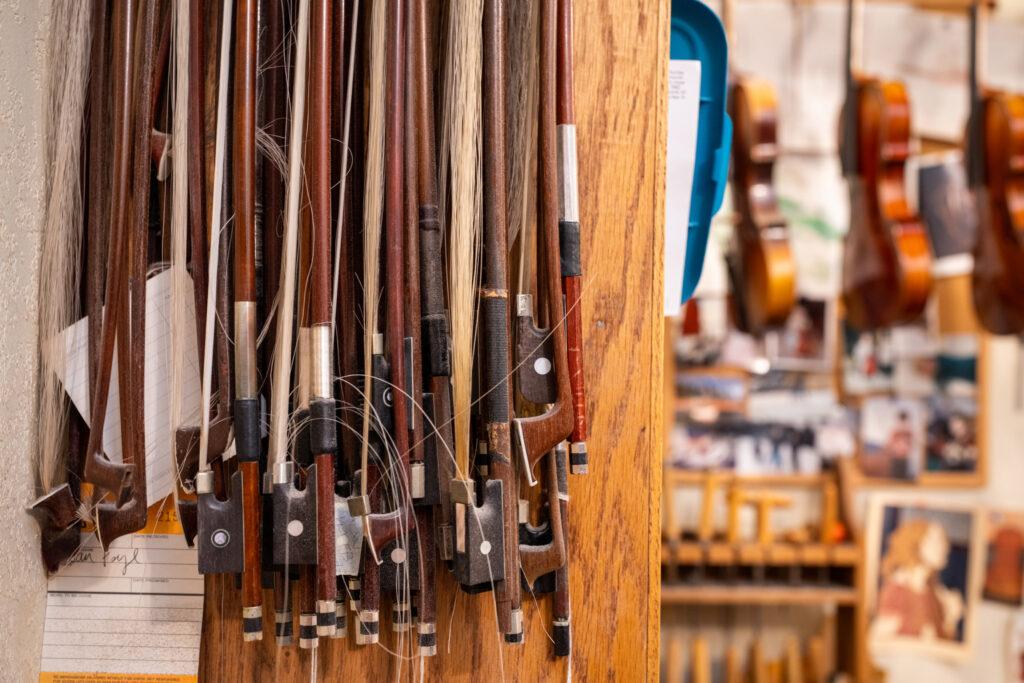
Professional violist Ingrid Rodgers calls Mijares a “treasure” and describes finding the right instrument as deeply personal.
"It's kind of like finding a boyfriend or girlfriend," she said. "You meet a lot of people, but then all of a sudden there's something really special about that one person. And it's very similar with instruments.”
Getting to watch those relationships form is part of the joy of Mijares’ work.
"There's something beautiful and magical about the music, about the sound, about a player when he picks up an instrument and connects with an instrument and they can express their feelings through that instrument," he said.
Mijares' instruments, priced between $12,000 and $20,000, are played by musicians worldwide, from Ireland to California. However, some of his most meaningful creations stay closer to home, including the instruments he’s crafted for his own children. His youngest daughter Sophia recently received a custom-made cello, continuing a family tradition of music-making.
“Every instrument is unique, and when I also got to have the input on how I wanted the cello to be, that was really” special, Sophia Mijares said.
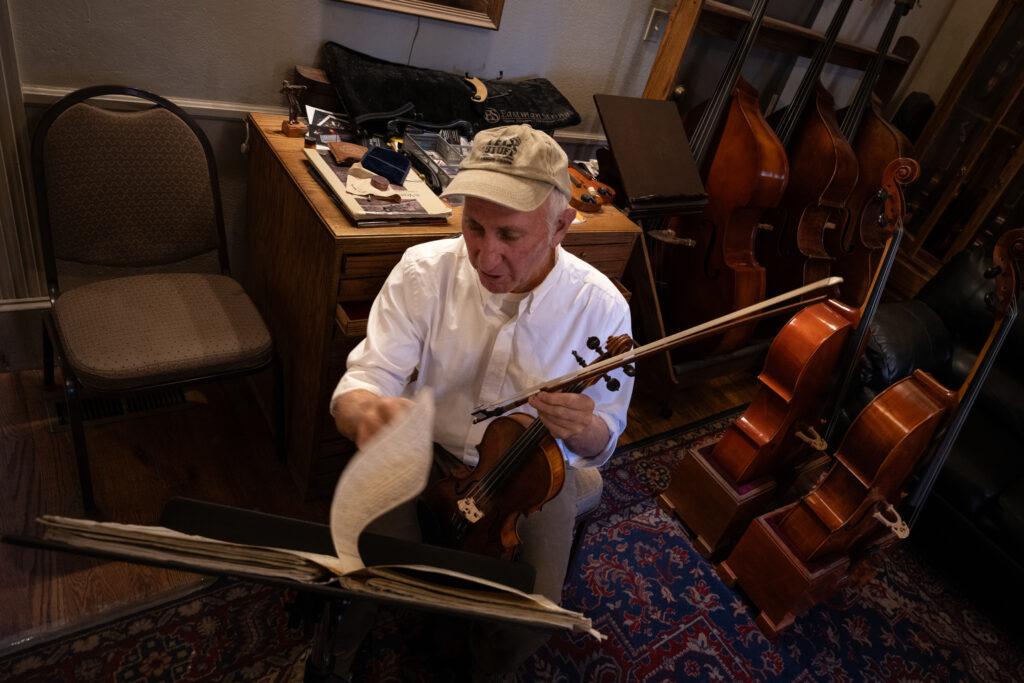
For Muehleisen, handcrafted instruments have a distinct quality that goes beyond their exquisite sound. "You feel like you have more of a connection with the instrument when you know it has been handcrafted and worked with over time. There was care and love and expert craftsmanship put into it."
For Mijares, the true reward lies in creating something that will outlast him for centuries.
"The best violins, the greatest violins are just now like 300 years old," he reflected. "To build something from wood that's going to last and be useful for 300 years is amazing to me. To leave that legacy, that's what means a lot to me."
In an era of mass production, Mijares represents a vanishing breed of craftspeople who work entirely by hand, creating not just instruments, but future heirlooms that will resonate through generations. As he put it, "What else lasts for 300 years and just gets better?"









